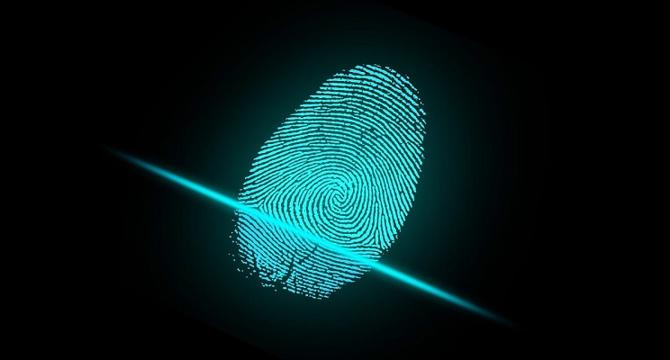TechBullion
1M
241

Image Credit: TechBullion
Secure Authentication Methods: Innovations Like Biometrics and Beyond
- Traditional authentication methods such as passwords and PINs are increasingly seen as vulnerable, and the need for more secure and user-friendly alternatives is growing.
- Innovations in secure authentication, such as biometrics and advanced techniques, including multi-factor authentication and behavioral analytics, offer robust security options.
- Biometrics, the use of unique physical or behavioral characteristics to verify identity, offers several advantages, including ease of use, heightened security, and reduced risk of lockouts or password-related issues.
- Iris scanning is one of the most secure biometric authentication methods but can be less convenient for everyday use due to its specialized hardware.
- Voice recognition is gaining popularity but can be less reliable in noisy environments or if someone has a cold, which affects their voice.
- Multi-factor authentication (MFA) is another innovation that enhances security by requiring users to provide multiple forms of identification.
- Authenticator apps and hardware tokens are more secure MFA options than SMS, but can be inconvenient.
- Blockchain technology is being explored as a means of decentralizing authentication, improving security by eliminating the risks associated with centralized databases.
- Behavioral biometrics analyzes user behavior in real-time and can detect fraud or unauthorized access attempts without interrupting the user experience.
- AI can analyze vast amounts of data and has the potential to revolutionize the authentication process in the future, making it more intelligent and adaptive.
Read Full Article
14 Likes
For uninterrupted reading, download the app